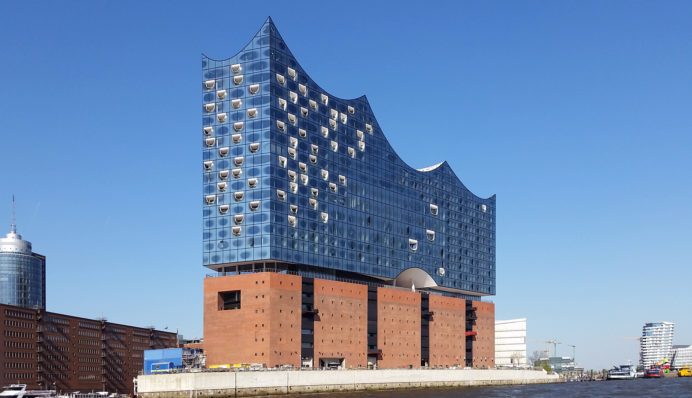Putting money into concert halls, museums, or theatres seems obviously good for a city’s or a nation’s balance sheet; such investment attracts tourists who in turn activate a whole supply chain of activities, from restaurants and hotels to modest crafts flogging mementos. But this kind of tourist-orientated investment is not necessarily good for artists, and can indeed stifle the culture of a city.
It is news to no one that inequality is increasing in the global economy, in those places where economic growth has been intense. We usually think about such inequality in terms of the obscene amounts of capital controlled by those at the very top 1 or even .01 per cent. Meteoric expansion at the top has in the last thirty years been paralleled by income stagnation and declining social mobility in the middle or lower middle classes.
Most artists are part of that stagnant middle. Of course, there is a global circuit of musicians and visual artists whose fortunes resemble those of Goldman Sachs bankers. Artists who live a more civic and modest existence have seen their fortunes decline in the last thirty years. A team of my students analysed a few years ago the economic condition of visual artists in New York City, finding a steady decline of income from the sale of their art, even as the incomes of the global-artist elite expanded almost exponentially; the number of show in galleries for artists under thirty shrank by 40% over a twenty-five year period; rents on studio spaces tripled or quadrupled in the same period, forcing many artists to abandon the city in order to work.
These findings suggest there is a kind of zero-sum game at work in culture, just as in investment banking: What the elite gains, the mass loses. This zero-sum game has ruled, for instance, the city of Hamburg. It spent a decade and over 700 euros to build the Elbphilharmonie concert hall, a vast project jutting out into the port of the city. The structure has successfully attracted tourists from around the world and global-brand musicians, but there’s no money left in the city’s coffers for support of youth orchestras, or for studios in which young artists can work, or for the semi-professional choirs which once fanned out over the Hanseatic North.
How can we get out of such a zero-sum game? To right the balance means investing more in producers and less on distributors. Moreover, we need to think about how to encourage communities of practitioners, not focus only on individual artists. The writer William Empson once declared “the arts result from overcrowding,” meaning that a community of people who do different things, speak in different voices, will interact, competing and conspiring, and so energise one another. This was the case in the early days of the tech revolution in places like Silicon Valley outside San Francisco or Nehru Place in Delhi. Such community-building is the model we should follow in funding the arts.
But that alone cannot be the whole answer. When I chaired the urban studies committee at UNESCO, we pondered how investment in our World Heritage Sites could serve local communities as well as becoming tourist beacons. Our solution was partial: in places which required restoration, local artisans got the work, and the sites became places for educational programmes on history and heritage. But that doesn’t grapple with the issue of building new or being big. Instead of the Elbphilharmonie model, how could a concert hall be designed for programmes small as well as big, how could it be integrated into the everyday working lives of artists in the city?
It is the same question to be put to big museums: their ‘public’ should consist of makers as well as visitors; how can a museum service the needs of creators for community? More, following on the tech model, how can big cultural institutions become something like laboratories? Creative work, like scientific research, entails a good dealing of frustration and failure. How should we support – that is, invest in – this necessary dark side of the creative process?
This talk was given by Richard Sennett at the Edinburgh International Culture Summit on Thursday 23rd August, preceding the workshop Making Cultural Infrastructure: planning for production.

